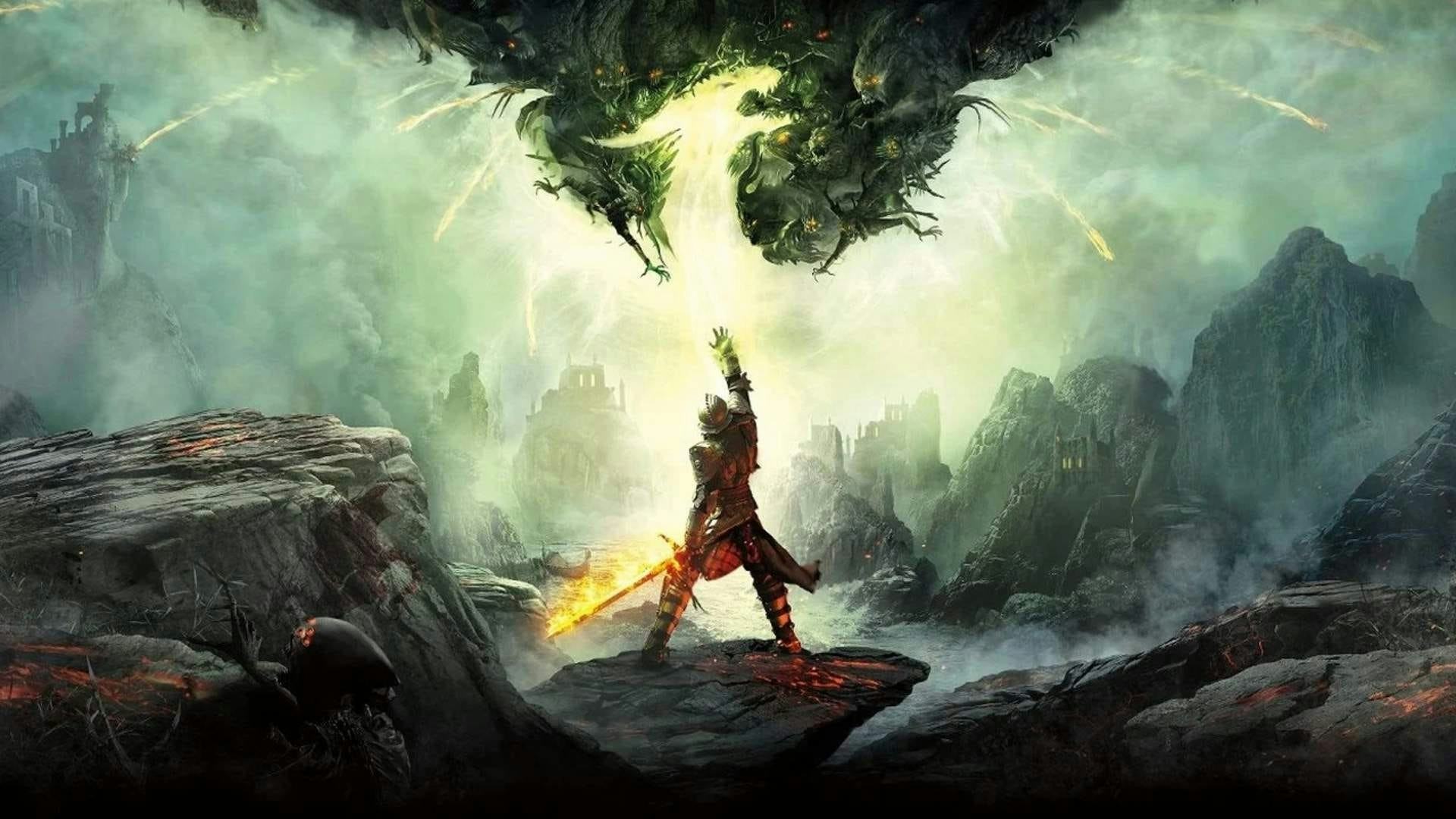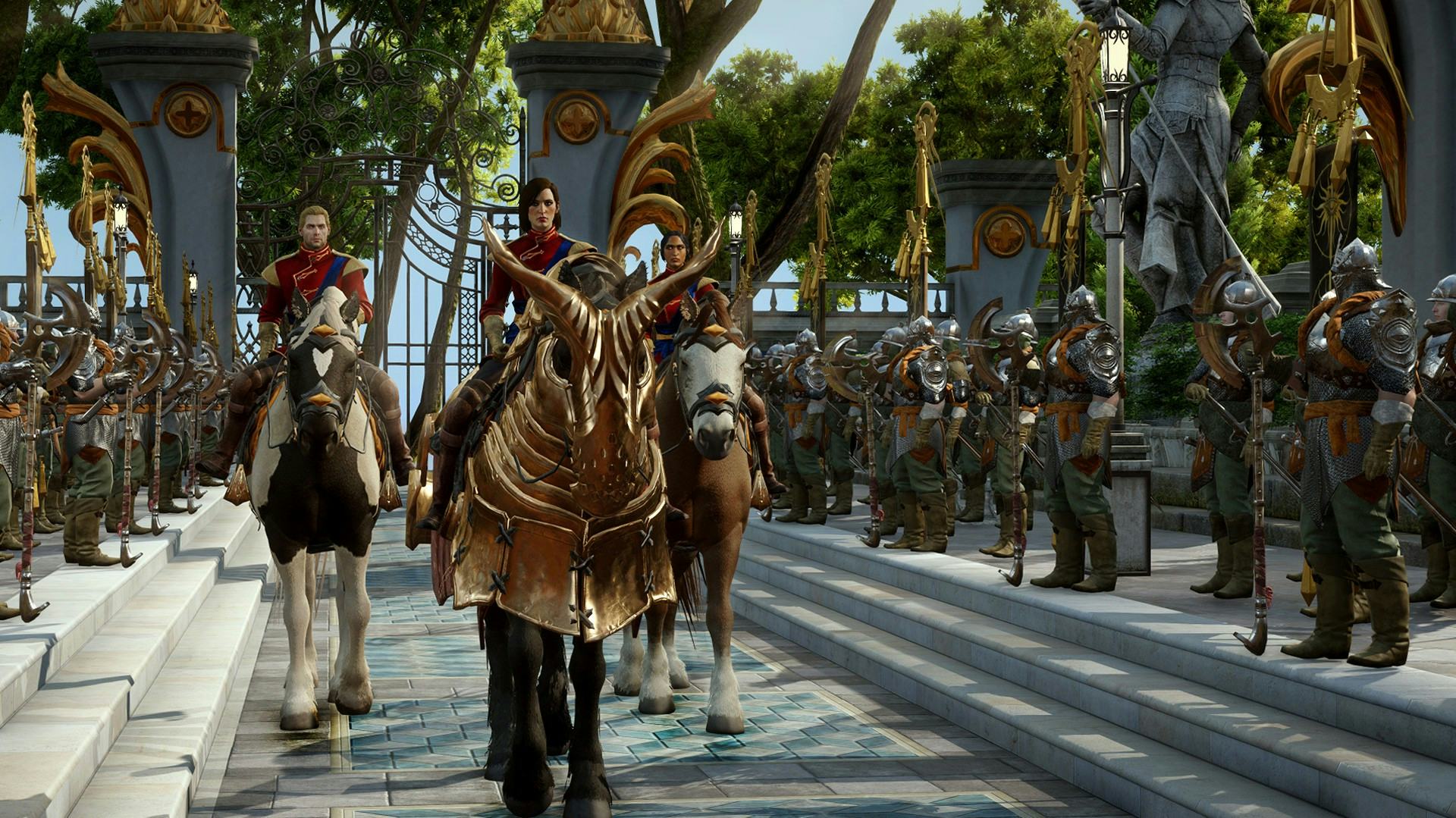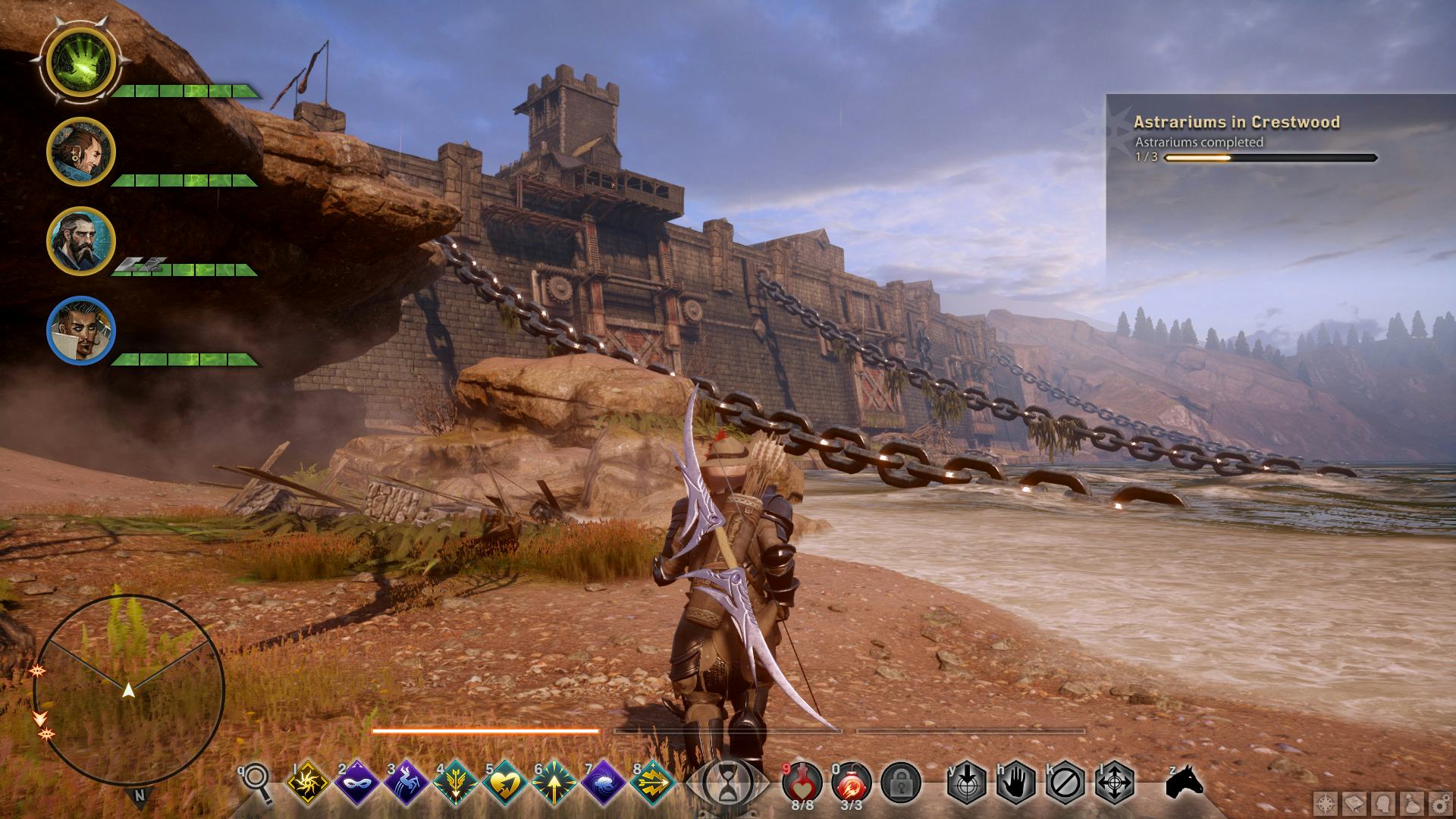
Open world video games are interesting lessons in exploration, with clear “eras” of the genre where dozens of games follow the same established formula. Critical games like The Elder Scrolls IV: Oblivion, Fallout 3, and Assassin’s Creed 2 helped establish the idea core tenets of open world games, but when you look back on many titles in retrospect, they all fall victim to the same tropes and problems. Dragon Age: Inquisition is a fascinating instance in the glut of open world games, on the one hand bending to the whims of what’s popular — on the other providing some wildly unique ideas to the formula. But ten years later, one thing is abundantly clear, Inquisition has aged much better than a lot of other open world games, and its unique vision feels more cohesive than it did all those years ago.
Inquisition is the third game in the Dragon Age franchise, directly building on the world and events established with the previous games. Like with the Mass Effect franchise, player choice and agency has always been central to everything Dragon Age does.

At the end of Dragon Age 2, a devastating terror attack in Kirkwall pits the Mages against the Templar order, resulting in conflict blowing up throughout the continent of Thedas. At the beginning of Inquisition, these two opposing organizations are attending peace talks held by the continent’s major religion, the Church of Andraste. But a catastrophic explosion rocks the talks, eliminating major leaders of both and ripping a giant tear in the sky that leads to the spirit world called the Fade, spewing forth bloodthirsty demons.
You awake from these events with a mysterious mark on your hand and learn you’re the only person in the entire world who can close these rifts into the Fade — leading huge portions of the world to see you as a mythical savior.
Everything in Inquisition revolves around your role as the Inquisitor, and how you lead the organization. You can play into that savior role if you want, reveling in your power and influence — or outright reject it and play a down-to-earth hero just trying to do the right thing. But what’s most fascinating about Inquisition’s story is the way it’s told.
You have the typical big story quests with cutscenes and choices, of course, but so much of Inquisition’s narrative is baked into its open world exploration — and that’s exactly what has made it age so well.

The game has a pretty clear formula: go and explore nearly a dozen open world zones to accrue resources known as power and influence until you have enough for the next story mission — then unlock more areas to explore. While doing all this you can assign your three advisors to complete timed missions that yield even more rewards, bits of story, and can unlock more quests.
Inquisition has a lot of content to digest, a lot of which takes the form of fetch quests — go to a point and fight an enemy, which is a more generic kind of quest design. But the way the game packs story and rewards into all of that is what makes it so compelling. You’re always building the Inquisition’s strength in some way or getting story and lore that contributes to your overall understanding of the world and main narrative. You’re basically drip-fed a procession of little treats for every single thing you do in the game’s open world.
But the other major factor here is the actual size of the world and the freedom you’re given in how you want to do things. Inquisition smartly designs all of its zones to feel expansive, but not overwhelming. These are zones that you can run across in a handful of minutes but are packed with little settlements, discoveries, and details.
A lot of open world games around the time Inquisition released had a focus on simply being “big.” Games like Far Cry IV, Metal Gear Solid V, and even The Witcher 3, crowd your map with hundreds of little icons to seek out, and have maps that are exhaustively huge. That’s not the case with Dragon Age — each map feels intentionally designed to fit the way that region fits into the world and lore, and each one has its own self-contained story while also flowing into the main narrative. All the same, you’re never forced to complete every zone, or even complete everything in a single zone. You simply need to do enough to collect the power you need and can move on the second you have it. This means a single playthrough of Inquisition could take you 30 hour, or 100, it’s entirely up to you.

Revisiting Inquisition a decade later, it’s amazing how freeform its open world feels — how well-designed the game is to encourage you to tackle things in whatever sequence you’d like. That sense of being overwhelmed by the open world largely isn’t there, because of how it's delivered. There’s an intentionality behind everything in Inquisition’s open world, even if a lot of its quests feel fairly generic in the act of how you complete them.
Surprisingly, playing through Inquisition again, reminds me, in a way, of a series that’s become a favorite of mine since then: Yakuza. Both Inquisition and the Yakuza series put a focus on compact open worlds with meaningful narrative content that affects both the player and the characters. Both also put a huge emphasis on player freedom and expression, and how that translates to the kind of content you want to explore.
Dragon Age: Inquisition isn’t a perfect game, in fact, it’s filled with flaws — frustrating combat, generic quest design, weak villains, and plenty of bugs. But boy if it doesn’t have personality. And that personality seeps into so many different aspects, including the open world. So much of Inquisition’s narrative themes are based around freedom, and that idea plays into the nitty-gritty of how you play the game as well.
Playing Inquisition again ten years later, I wish more open world games had looked to this formula as inspiration, instead of a constant struggle to make things bigger and better.







